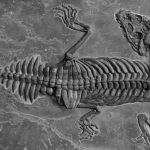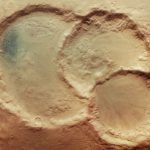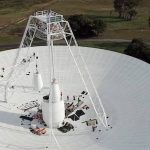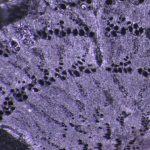When to see November’s meteor showers and an eclipse0
- From Around the Web, Space
- November 6, 2020
Life may be dull as we all stay home to curb the spread of COVID-19, but sky-watchers are set to have a bumper November. According to EarthSky, the South and North Taurid meteor showers are due to appear this month, followed by a Leonid meteor shower and a penumbral lunar eclipse.















